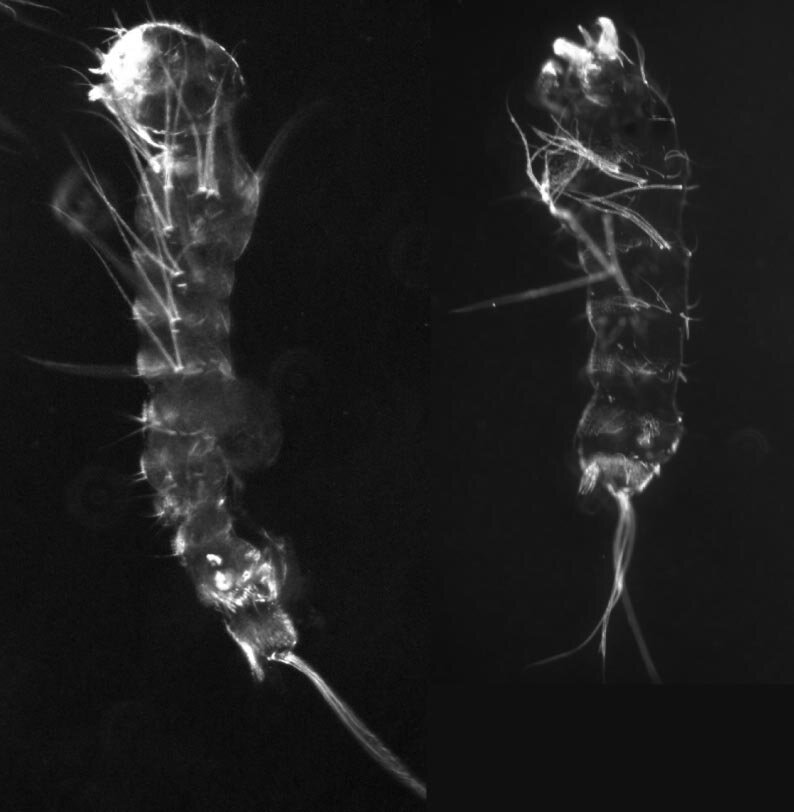#Mathematically, geothermal energy could meet 40% of Bavaria’s heating needs

Table of Contents
“Mathematically, geothermal energy could meet 40% of Bavaria’s heating needs”

Researchers at the Technical University of Munich (TUM) see major potential for the expansion of deep geothermal energy in Bavaria. In its Geothermal Energy Master Plan analysis (in German) the research group Geothermal-Alliance Bavaria looks at possibilities for providing geologically disadvantaged regions in the State of Bavaria with sustainable district heating using long-distance heat transport.
This is the first time that the technical potential of the hydrothermal geothermal energy in southern Bavaria has been analyzed. The study was commissioned by the Bavarian Ministry of Economic Affairs, Regional Development and Energy, which recently published the report.
According to theoretical calculations in the assessment, it would be possible to meet as much as 40% of the Bavarian heating demand using deep geothermal energy in southern Bavaria. Although the necessary number of wells would be difficult to realize in practice, the results indicate that much more use could nevertheless be made of deep geothermal energy than has been the case in the past and present.
Deep geothermal energy is already proving effective today, especially in metropolitan centers, where high levels of heat demand are concentrated in small areas. Metropolitan areas are however not always located in regions with high geothermal potential. However, regions with less favorable basic geological conditions could be provided with heat from geothermal sources using long-distance heat transport.
In addition to transport from the source to the consumer, long-distance heat transport offers another advantage: They make the district heating network more stable and less prone to outages. This makes long-distance heat transport an important factor in the comprehensive utilization of geothermal potentials. The construction of geothermal plants is however very cost-intensive, which is an initial obstacle for many municipalities.
Subsurface exploration is the key
Southern Bavaria in particular has an enormous proven potential for deep geothermal energy. However, there are also reasons in which geothermal energy is not yet being used and where the potential has not yet been adequately investigated. Northern Bavaria is also home to as yet untapped deep-geothermal potential. The study’s researchers indicate that establishment of deep geothermal energy sites in the regions where it has not been used up to now will more than anything require extensive further investigations.
“In spite of the potential assumed on the basis of preliminary investigations, until now in northern Bavaria deep geothermal energy has only been utilized for thermal spas. This is why further exploratory measures such as test wells are necessary in order to determine the extent to which the northern part of Bavaria is suited for the use of deep geothermal energy. In southern Bavaria this also applies for example to Rosenheim and vicinity, where a high level of demand is found, but where geothermal energy as yet remains completely untapped,” says Prof. Michael Drews of the TUM Professorship for Geothermal Technologies.
Geothermal energy: Heat from the depths
Geothermal energy is heat energy which is stored below the surface of the earth. The geothermal energy contained in the top ten kilometers of the earth’s crust alone would be enough to cover today’s level of energy demand for thousands of years. This makes geothermal energy one of the sustainable and green energy sources available to mankind.
In order to exploit deep geothermal energy, hot thermal water is tapped with wells and then brought to the surface, where the heat can be transferred to a district heating system using for example heat exchangers. The cooled water is then returned to the subsurface rock layers via injection wells.
“There are two classifications of geothermal energy, near-surface and deep geothermal energy. While boreholes for near-surface geothermal energy are only a maximum of 400 meters deep, wells for deep geothermal energy can reach depths of up to 5,000 meters beneath the earth’s surface. In southern Bavaria we have great potential for deep geothermal energy due to the particularly well-suited subsurface geological conditions,” remarks Dr. Kai Zosseder of the TUM Professorship for Hydrogeology.
Deep geothermal energy already successfully implemented today
Deep geothermal energy is thus a sustainable alternative to district heating based on fossil fuel-fired heat and power plants and as such is an important component in the decarbonization of the state of Bavaria. Twenty-five successful projects are already in use in southern Bavaria. Deep geothermal energy is already being used successfully today in the greater Munich metropolitan area and in the southeastern part of the state in particular. It currently covers approximately 0.5% of the total heat demand in Bavaria.
Citation:
Mathematically, geothermal energy could meet 40% of Bavaria’s heating needs (2022, December 9)
retrieved 10 December 2022
from https://techxplore.com/news/2022-12-mathematically-geothermal-energy-bavaria.html
This document is subject to copyright. Apart from any fair dealing for the purpose of private study or research, no
part may be reproduced without the written permission. The content is provided for information purposes only.
If you liked the article, do not forget to share it with your friends. Follow us on Google News too, click on the star and choose us from your favorites.
For forums sites go to Forum.BuradaBiliyorum.Com
If you want to read more Like this articles, you can visit our Science category.




